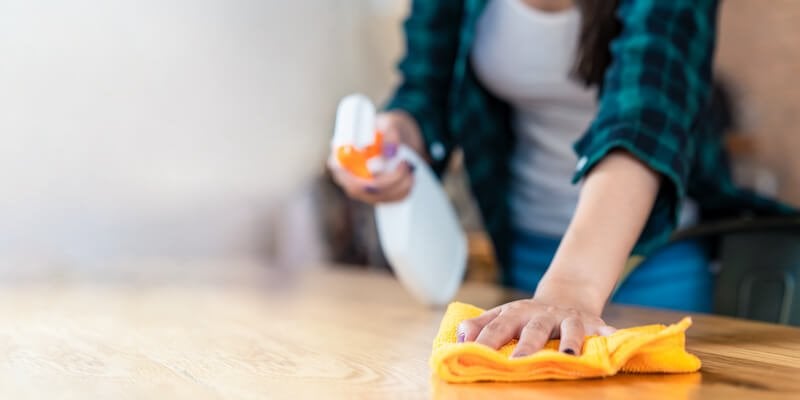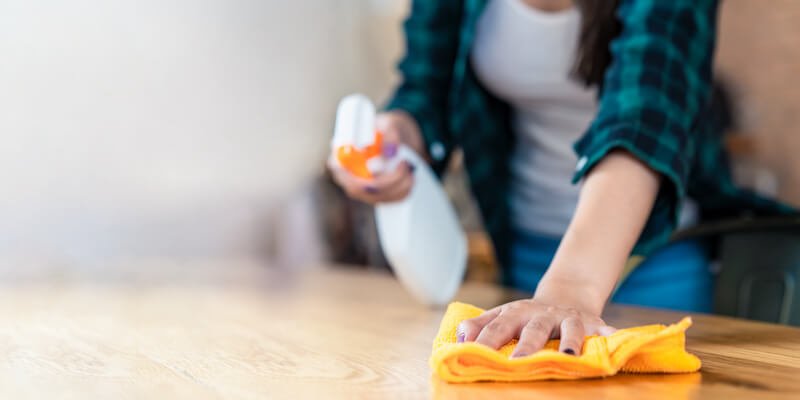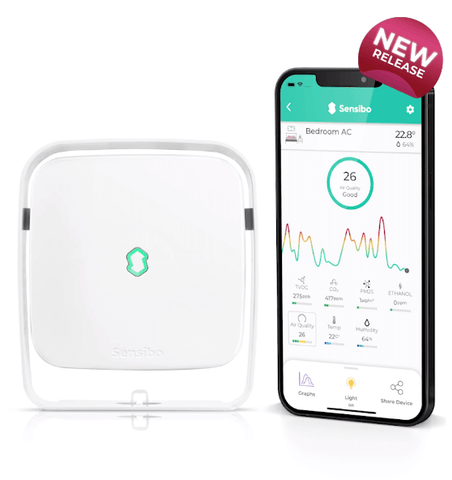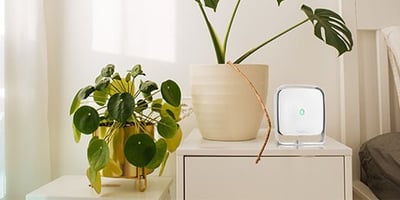What are TVOCs, and why do you need to start tracking them?

You might not have heard of volatile organic compounds (VOC), but you certainly encounter them daily. VOCs refer to a group of carbon-containing particles that are highly volatile, meaning they readily evaporate under normal atmospheric conditions. VOCs emerge from everyday household items like cleaning products, paint, and more and, as a result, are circulating throughout your home.
VOCs can be harmful when inhaled. People renovating or cleaning their homes usually wear masks when getting close to materials. Still, even when the job is done, VOCs continue to linger. The health effects vary based on exposure and the type of VOC, and finding out how much and which kind of VOCs are in your home is easy.
How worried should I be about VOCs?
Not all VOCs are toxic, but they can still cause irritation if we breathe them in. Very volatile compounds (VVOCs) like benzene are more harmful and can cause long-term adverse health effects. Semi-volatile organic compounds (SVOCs) are considered less dangerous, but exposure to them can still cause some mild symptoms. Together VVOCs and SVOCs make up the total VOC (TVOC) count.
Long-term health effects of VOC exposure:
- Shortness of breath
- Irritation in the ears, nose, throat, and eyes
- Nausea and dizziness
- Damage to the liver and kidneys
- Cancers like leukemia and lymphoma
Short-term health effects of VOC exposure, known as symptoms of "Sick building Syndrome Cause symptoms usually subside after leaving the building:
- Flu-like symptoms
- Headaches
- Dry cough
- Fever and chills
- Dry or itchy skin
How do I measure VOCs?
If you ever feel any of these symptoms or want to ensure they don't happen to you, it's a good time to start measuring VOC concentration in your home. So how much is too much. According to the World Health Organization (WHO), let's break it down.
- 0 - 400 ppb (part per billion): acceptable indoor VOC level
- 400 to 2,200 ppb: short-term exposure can already result in mild discomfort
- 2,200 and above: unhealthy levels of VOC indoors and long-term exposure can cause severe diseases, like cardiovascular diseases and cancer.
What are the main sources of VOCs?
The WHO recommends that by 800 bbp, extra ventilation and eliminating VOC sources are needed to improve indoor air quality (IAQ). Once you begin monitoring the VOC levels in your home, you can identify sources of VOC emission and adequately store or get rid of them. Some everyday household products that release VOCs are:
- Paints
- Carpets
- Wallpapers
- Varnishes, Lacquers
- Cleaners and disinfectants
- Canned aerosol spray
- Bug repellents
- Dry-cleaned clothing
- Stored fuels
- Tobacco smoke
How can I get rid of VOCs?
The first step to protecting your home from VOCs is indoors monitoring and managing VOC levels. Sensibo offers a fully-digital solution just for that. Sensibo's indoor air quality tester, the Sensibo Elements, tracks the TVOC levels in your home, including CO2, small particulate matter (PM2.5), and ethanol. It also tracks patterns of your home's humidity to give your home an accurate IAQ score.







































-2.jpg?height=200&name=shutterstock_192284990%20(1)-2.jpg)
.jpg?height=200&name=photo_2024-01-24_18-02-44%20(1).jpg)

